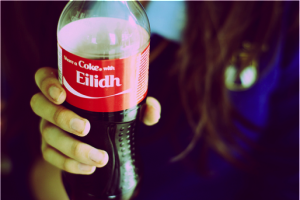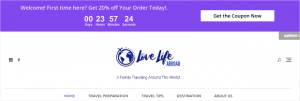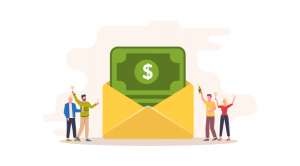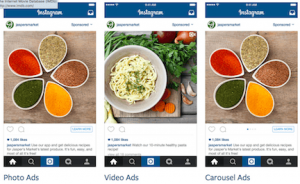 By Annum Munir, Published October 11, 2014
By Annum Munir, Published October 11, 2014
Coca-Cola accomplished something miraculous this past summer. The iconic soda manufacturer made sales rise for its sugary beverages for the first time in a decade, during a period when the American economy is trying to become healthier.
Did Coca-Cola release a new flavor (perhaps called Fruit Coke or Vitamin Coke)? Did they offer crazy discounts? Did they get a celebrity bombshell to endorse the heck of out it in commercials?
Nope. Nope. And that was Pepsi.
What Coca-Cola did was much smaller, much cheaper, and much more impactful. The company personalized Coke bottles. They swapped out their logo on bottle labels in favor of the names of its customers and launched the “Share A Coke” campaign.
I know what you’re thinking, “What?! That’s all? Be right back!” Or you’re wondering, “What does all this have to do with my app?”
Hold your horses you eager app marketer you. We know you’re super motivated to:

But before you hurry off, let’s take a moment to explore the full breadth and depth of this concept of personalization. There’s a lot more to Coca-Cola’s marketing campaign than what meets the eye. And it has big implications for mobile.
Personalization Should Be Based On People’s Actions And Identities
On the surface, it may seem like all Coca-Cola had to do was add names to their bottles, but at the heart of this campaign is Coca-Cola’s deep understanding of one of their most precious consumer groups: teens and millennials.
Coca-Cola’s “Share A Coke” campaign worked so incredibly well because it was based on the socializing behavior and demographic data (the most popular names for this generation) of its target audience. Armed with this holistic view, the beverage behemoth figured out how to personalize their product in a way their customers wanted.
Specifically, Coca-Cola opted for adding names onto their packaging knowing that this ostensive form of personalization is exactly the kind of attention teens and millennials crave.
There is one overarching lesson to glean from this campaign:
Phenomenal personalization only occurs after you understand the connections between the behavior and attributes of your customers.
What Does This Have To Do With Apps?
Let’s bring personalization back home to apps, where it is essential and expected.
The challenge app marketers face is painting a complete picture of their users, because people interact with apps from behind a mobile or computer screen and you usually don’t get a chance to see or meet them.
As a result, our industry has often defaulted to using in-app actions as the only means of understanding their users. But if you only see customers from a behavioral lens, you don’t know enough about them to deliver truly powerful personalization.
Fortunately though, app analytics and marketing software has become sophisticated enough to solve for this. It’s now possible to track your users’ in-app behavior and tie that together with profile data. Profile data is information about who your users are outside your app (like their gender, family status, loyalty card memberships, in-store purchasing behavior, etc.).
Basically, we can emulate Coca-Cola’s level of insight on their consumers and rewrite the lesson we learned above to be more applicable to this space:
Phenomenal personalization is built upon rich user segments that combine in-app behavior with profile data.
The Proof Is In The Numbers
Nothing speaks to the power of personalization better than the data. Here’s the quantitative verdict on consumers’ positive attitude towards more “just for me” marketing.
- Nearly two-thirds of consumers subscribed to mobile marketing indicate that they have made a purchase as a result of receiving a highly relevant mobile message.
- 78% of consumers believe that organizations providing custom content are interested in building good relationships.
- About three-fourths of online consumers expressed frustration at content that does not recognize them and adapt to their interests.
Personalization Is A Two-Sided Coin
Coca-Cola isn’t the only example of a brand that capitalized on the concept of personalization. But it’s one of the most vivid ones. To achieve similarly striking success on mobile, remember that app personalization is a two-sided coin.
First, personalization involves developing a deep understanding of your users that is based on what they do inside your app. Second, personalization also entails creating sophisticated user profiles based on who your users are outside your app. Once you’ve polished up both sides of this coin, you’ll be able to invest it in your app marketing and create personalized push and in-app messaging campaigns that don’t go unnoticed.
So, how do you win more customers with personalization? By understanding them so completely that you know exactly what type of personalization they would find appealing (and not creepy).
Business Articles | Business 2 Community
(454)
Report Post






